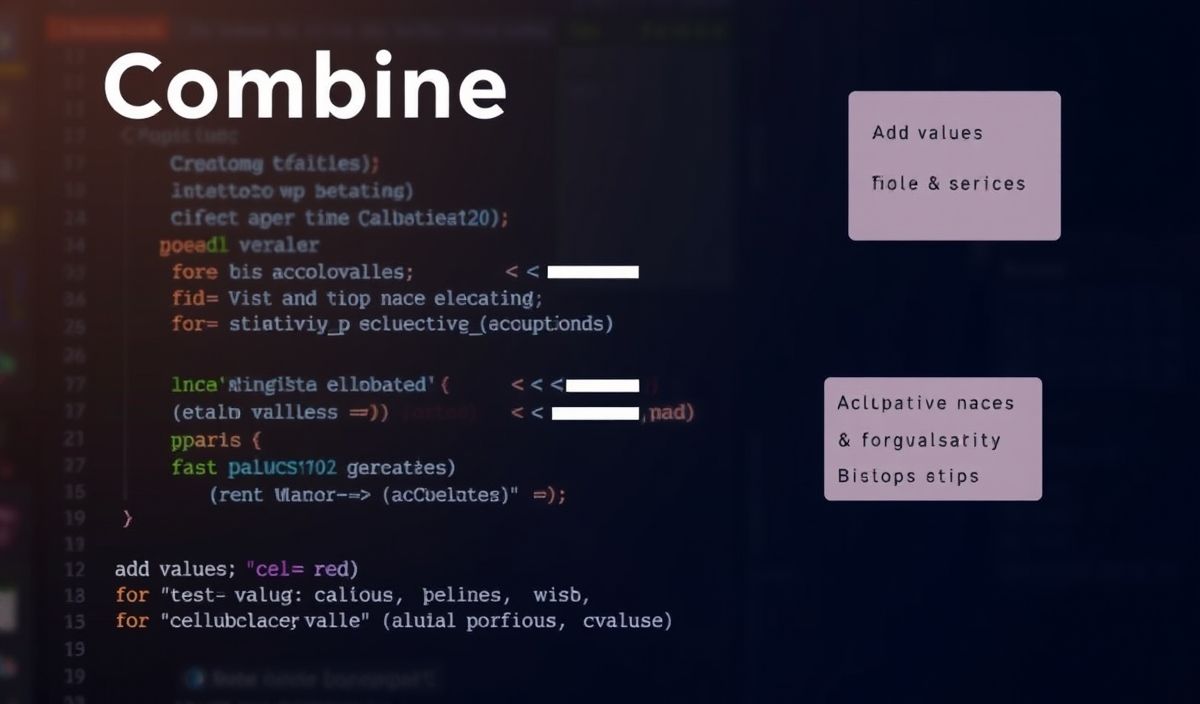Introduction to Webpack Merge
Webpack Merge is a powerful utility that allows developers to merge multiple Webpack configurations into one. It is essential for managing complex configurations, enabling you to split them into reusable parts. In this article, we will explore several useful APIs provided by webpack-merge with code snippets and a practical example.
Basic Merge
The merge function is the simplest way to combine two or more configurations.
const { merge } = require('webpack-merge');
const commonConfig = { /* Common configuration */ };
const prodConfig = { /* Production configuration */ };
const finalConfig = merge(commonConfig, prodConfig);
Smart Merge
The smart merge function handles arrays and objects more intelligently, deeply merging configuration objects.
const { smart } = require('webpack-merge');
const commonConfig = { /* Common configuration */ };
const devConfig = { /* Development configuration */ };
const finalConfig = smart(commonConfig, devConfig);
Merge with Strategy
Strategies allow fine-grained control over how individual fields should be merged.
const { mergeWithRules } = require('webpack-merge');
const commonConfig = { /* Common configuration */ };
const specialConfig = { /* Special configuration */ };
const finalConfig = mergeWithRules({
module: {
rules: {
test: 'match',
use: 'prepend'
}
}
})(commonConfig, specialConfig);
Unique Plugin or Rule
The unique method ensures that arrays contain only unique values, which is particularly useful for plugins and rules.
const { mergeWithRules, unique } = require('webpack-merge');
const finalConfig = mergeWithRules({
plugins: unique('id', ['PluginOne', 'PluginTwo']),
})(commonConfig, specialConfig);
Example Application
Let’s combine the above APIs in a practical Webpack configuration:
const { merge, smart, mergeWithRules, unique } = require('webpack-merge');
const commonConfig = {
output: { /* Common output settings */ },
plugins: [/* Common plugins */],
};
const devConfig = {
devtool: 'source-map',
devServer: { /* Development server settings */ },
};
const prodConfig = {
optimization: { /* Production optimization settings */ },
plugins: [/* Production plugins */],
};
const specialConfig = {
module: {
rules: [{
test: /\.css$/,
use: ['style-loader', 'css-loader'],
}]
},
plugins: [/* Special plugins */],
};
const finalConfig = merge(
commonConfig,
smart(devConfig),
mergeWithRules({
module: {
rules: {
use: 'prepend'
}
}
})(specialConfig),
unique('id', ['SomePlugin'])
);
Conclusion
Utilizing webpack-merge efficiently can significantly streamline and organize your Webpack configuration. The described APIs and examples should provide you with a solid foundation to manage complex setups.
Hash: 21c52ea2441e786058454487eca61ba25637f7bb49f8d70f5475d527ebc86cfa




